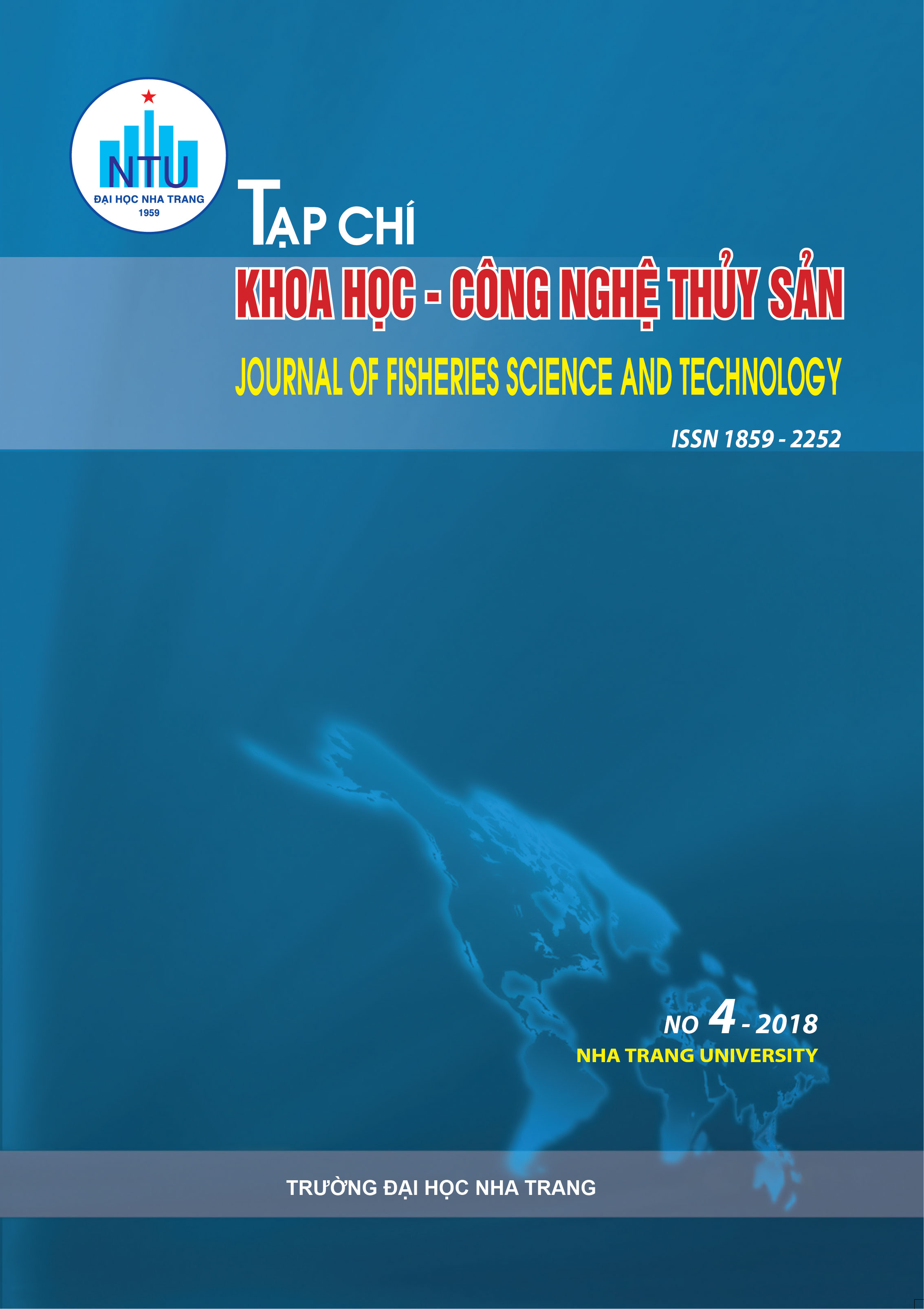##plugins.themes.huaf_theme.article.main##
Abstract
In Southern Central Vietnam, there are approximately 40,000 spiny lobster cages producing 1,500-2,000 metric tones of product annually, worth around US$70 million. The major international markets for commercial-size lobsters are main-land China, Hongkong and Taiwan. This study includes three successive experiments including suitable AQUI-S dosage determining, dry transport and wet transport. The suitable AQUI-S dosage withdrawn from dosage trial was 50 mg/L which was suitable for local transport and handling procedures in 15 minutes. What we can see from the wet transport trial with AQUI-S were as follows: the (day 7) survival rate was 100% for both species P. ornatus and P. homarus. The health status of the survived lobster was normal. The possible transport density for P. ornatus and P. homarus was 200-400 individuals per cubic meter, respectively. In the dry transport method with AQUI-S, the survival rate of the ornate and Homarus lobster at day 1 for 30 hr and 40 hr transport was 100% and 92%, and 91 and 73%respectively. The survival rate at day 7 for 30 hr and 40 hr transport of the ornate and homarus lobster was 88% and 79%, and 91 and 64%, respectively. The health status of the survived lobster of both species was normal, except for the Homarus spawners (~50%) in 40 hr treatment. The possible transport density for P. ornatus and P. homarus was 530 and 720 individuals per cubic meter, respectively.
Keywords: Spiny lobster, Panulirus ornatus, Panulirus homarus, Live transportation, AQUI-S.

